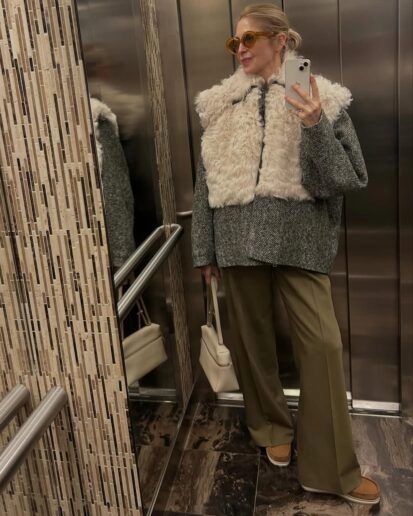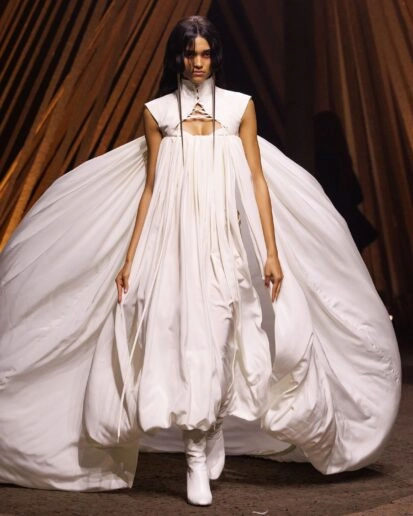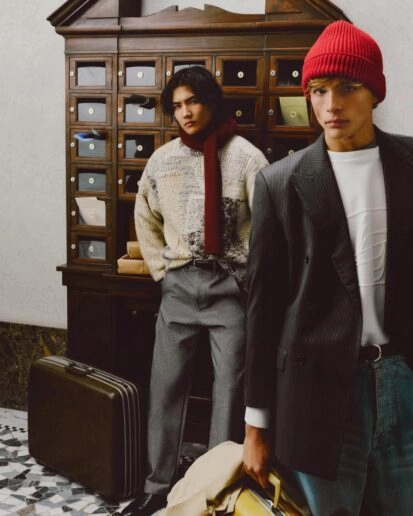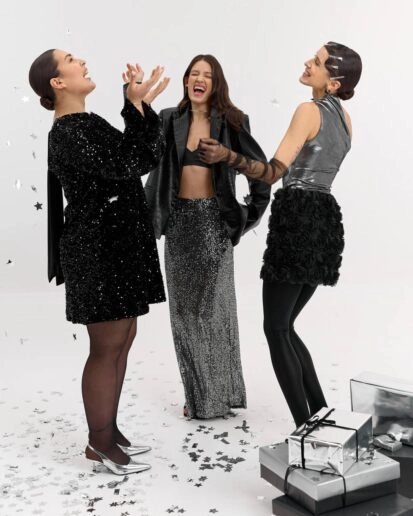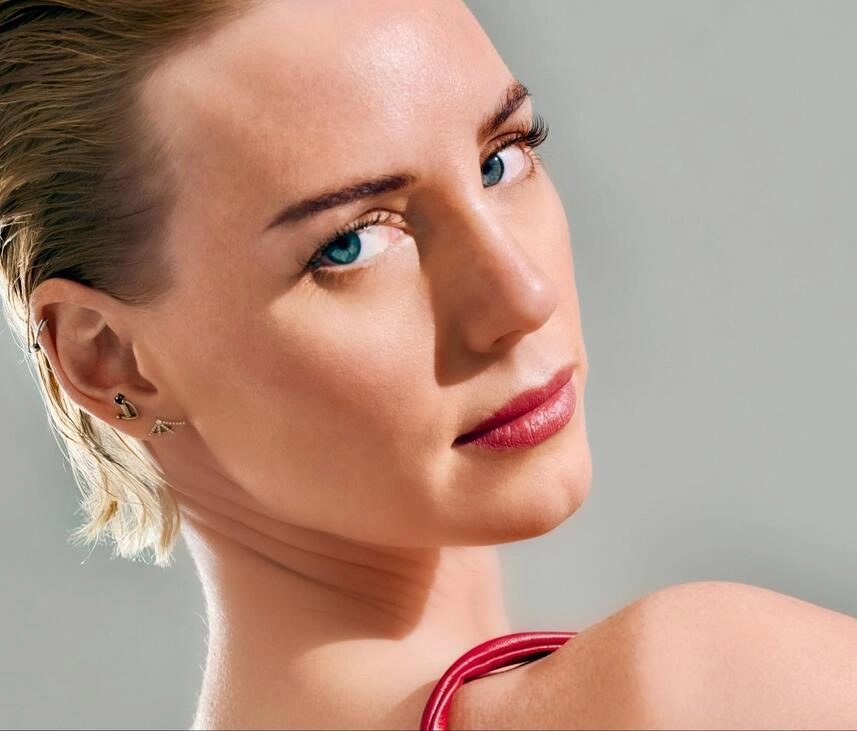
Fashion’s Middle Ground: The Untapped Market Charlotte Reardon Represents
There’s an unspoken rule in fashion: you’re either the ingénue or the anomaly. The runway has long been the domain of two extremes— 19-year-olds with legs that stretch for miles or plus-size models leading a long-overdue wave of inclusivity. But where is the representation for millions of women who exist between these two categories, who make up the majority of fashion consumers? They are still largely invisible, but fashion industry professionals and an unconventional model, Charlotte Reardon, is making sure they are seen.
Reardon, a former fit model with over a decade of experience, has worked with brands such as Macy’s, True Religion, Foot Locker and CK Performance. She spent her early career behind the scenes, helping designers refine garments before they hit the shelves or the runway. Then, in her thirties—an age where most models are slowing down rather than stepping up—she switched lanes, taking to the runway herself. Reardon’s fit, tattooed physique isn’t the type of model high-fashion typically spotlights, but for the 55 million millennial women in the U.S., it’s a body type that’s familiar.
“There was a disconnect between the customers and the campaigns they were being sold.” Reardon says. “When designers started asking for models who looked more like the people actually buying their clothes, it was clear the market was making a shift.”
The Fashion Industry’s Untapped Resource
Photo: Ruben Caballero
The people keeping the fashion industry afloat are millennial women, who have disposable income to spend on designer labels, yet they are rarely reflected on the runway and in campaigns. A 2024 McKinsey & Company report found that this demographic accounts for nearly 60% of luxury fashion spending in the U.S. Meanwhile, a 2023 Nielsen study revealed that 79% of these consumers expect brands to reflect their lifestyles, but only 22% feel represented in marketing and runway shows.
For years, brands clung to the belief that consumers needed supermodels and celebrities to aspire to, but now, the tide is changing. Social media gives consumers a direct line to brands, and their wallets have the final say. If fashion houses only cater to the unattainable, they risk alienating the people who actually keep them in business. Reardon sees this firsthand. “Women with careers, kids, tattoos, maybe a couple of bruises from chasing toddlers—why wouldn’t they want to see themselves in fashion?” she says.
High Fashion’s Identity Crisis
Photo: Ruben Caballero
For years, the argument against changing runway norms was that high fashion is an art form, not a mirror. But the industry is starting to unravel its own logic. Brands like Negris Lebrum have started casting Reardon and others outside the rigid model mold, acknowledging that exclusivity is no longer a winning strategy. Even heritage labels like Chanel and Louis Vuitton have begun incorporating models over 30 into campaigns.
Meanwhile, the influencer economy is pushing brands to rethink what “aspirational” truly means. A 2024 WGSN survey found that 90% of millennial women prefer influencer-driven marketing to traditional advertising. They engage with content that feels genuine, prioritizing relatability over airbrushed model perfection.
Reardon, with her 70,000+ followers and candid glimpses into the reality of modeling, fits neatly into this shift. She’s part of a growing movement proving that real life—and real women—belong in high fashion, too.
A Market That’s Too Large to Ignore
Photo: Ruben Caballero
Changes in fashion happen slowly but not randomly. The industry follows what is profitable, and right now, the power is in the hands of consumers who want more than just a product—they want representation.
“I didn’t expect to have a second career in modeling,” Reardon admits. “But I’m delighted that that’s how life worked out. All I can do is be myself. I don’t need to be a supermodel; I’m happy to be the model next door. If I can help one person in my demographic feel seen, I’ve done my job.
Reardon’s success is part of a broader shift, but for every brand embracing diversity, there are others still resistant to change. The question is not whether the industry will adapt, but how long it will take before they realize they cannot ignore their primary consumer base for long.
Fashion has always dictated the trends. But now, consumers are the ones calling the shots—and they’re looking for something, and someone, they actually recognize.
Більше від
- Як модно носити шарф чоловіку: 7 способів, щоб миттєво оновити стиль
- Кейт Міддлтон та принц Вільям показали зворушливу різдвяну листівку з дітьми
- Маргарет Кволлі та A$AP Rocky у кадрі: як Мішель Гондрі знімав ролик для Chanel – фото
- Український бренд одягу HEY BECCA відкрив перший офлайн-магазин у Києві
- Бренд Feb презентує новий дроп натхненний Федеріко Фелліні «La Pausa»





